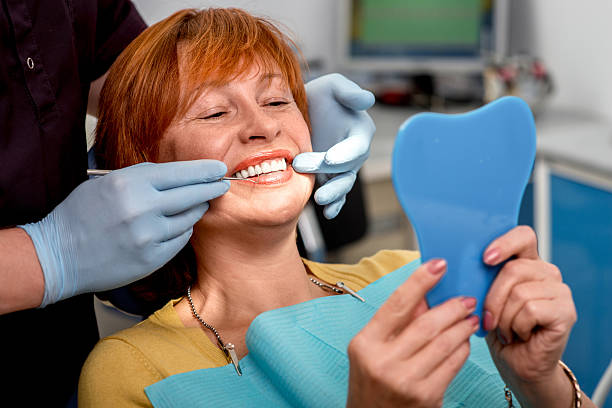Why No Dairy After Tooth Extraction

Tooth extraction is a common dental procedure that many people undergo for various reasons, including severe decay, infection, or crowding. After such a procedure, patients often receive specific dietary guidelines to ensure optimal healing and avoid complications.
One commonly advised restriction is to avoid dairy products. But why no dairy after tooth extraction?
The Impact of Dairy on Healing
Dairy products, while nutritious, can pose several risks during the delicate healing period following a tooth extraction. One of the primary concerns is that dairy products can promote bacterial growth. Milk and other dairy products contain proteins like casein, which can stick to the extraction site and create an environment conducive to bacterial proliferation. This can increase the risk of infection, which is a significant complication that can delay healing and cause additional discomfort.
Another potential issue is that dairy products can cause inflammation. Consuming dairy can sometimes lead to an inflammatory response, especially in individuals who are sensitive or intolerant to lactose. This inflammation can exacerbate swelling and pain in the extraction area, making the recovery process more uncomfortable and prolonged.
Dry Socket and Dairy
One of the most dreaded complications after a tooth extraction is a condition known as dry socket. This occurs when the blood clot that forms in the socket where the tooth was removed becomes dislodged or dissolves before the wound has a chance to heal. Without this protective blood clot, the bone and nerves are exposed, leading to severe pain and potential infection.
Consuming dairy products can contribute to dry socket in a few ways. The creamy texture of dairy foods can encourage the blood clot to dislodge. Additionally, the presence of bacteria from dairy consumption can increase the risk of infection, further complicating the healing process and potentially leading to dry socket.
Recommended Alternatives to Dairy
To ensure proper healing and reduce the risk of complications, it’s important to consider alternatives to dairy during the recovery period. Soft, non-dairy foods that are easy to chew and swallow are ideal. Here are some recommended options:
- Mashed potatoes: Soft and easy to consume without causing irritation to the extraction site.
- Smoothies (without dairy): Use almond milk or coconut milk as a base, and blend in fruits and vegetables for a nutritious option.
- Applesauce: Gentle on the mouth and easy to eat.
- Oatmeal: A filling and soft option that can be made with water or non-dairy milk alternatives.
- Broths and soups: Ensure they are not too hot and are free of chunky ingredients that require chewing.
Post-Extraction Care Tips
After a tooth extraction, managing pain and swelling is crucial for a comfortable recovery. Here are some effective strategies:
- Ice packs: Apply ice packs to the outside of your cheek for 15-20 minutes at a time to reduce swelling.
- Over-the-counter pain relievers: Medications like ibuprofen can help alleviate pain and reduce inflammation.
- Saltwater rinses: Gently rinse your mouth with warm salt water starting 24 hours after the extraction to help keep the area clean and reduce swelling.
Good oral hygiene is essential for preventing infection and promoting healing. However, you must be careful around the extraction site:
- Brush gently: Avoid the extraction site while maintaining regular brushing and flossing routines.
- Rinse carefully: Use a gentle mouthwash or saltwater rinse to clean the area without disturbing the blood clot.
- Avoid straws: Sucking on a straw can dislodge the blood clot, leading to dry socket.
What to Expect in the First Week
During the first week after your tooth extraction, it’s normal to experience some discomfort, swelling, and minor bleeding. However, there are certain signs that indicate you should contact your dentist:
- Excessive bleeding: If bleeding continues or worsens after the first day, seek professional advice.
- Severe pain: Pain that doesn’t respond to medication or worsens over time may indicate a complication.
- Signs of infection: Fever, increased swelling, or pus around the extraction site are signs of infection and require prompt attention.
Understanding why no dairy after tooth extraction is crucial for a smooth recovery. Dairy products can impede the healing process by promoting bacterial growth and inflammation and increasing the risk of dry socket.
By choosing appropriate non-dairy alternatives and following your dentist’s aftercare instructions, you can ensure a faster, more comfortable recovery. At Lema Dental Clinic, we’re here to support you every step of the way, providing expert care and guidance to help you return to full oral health.